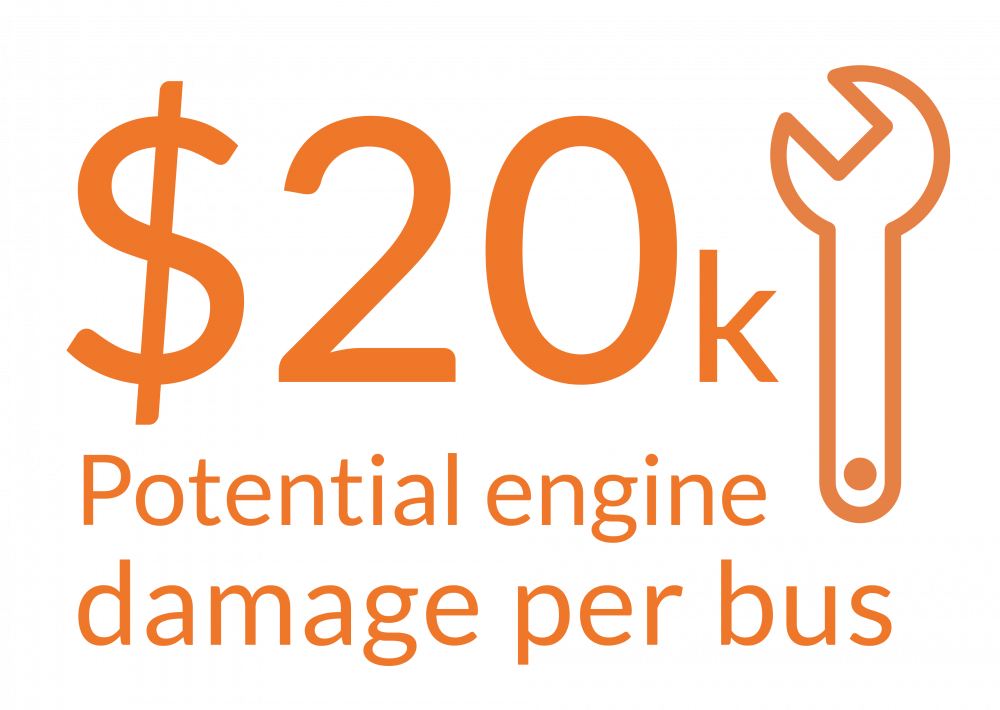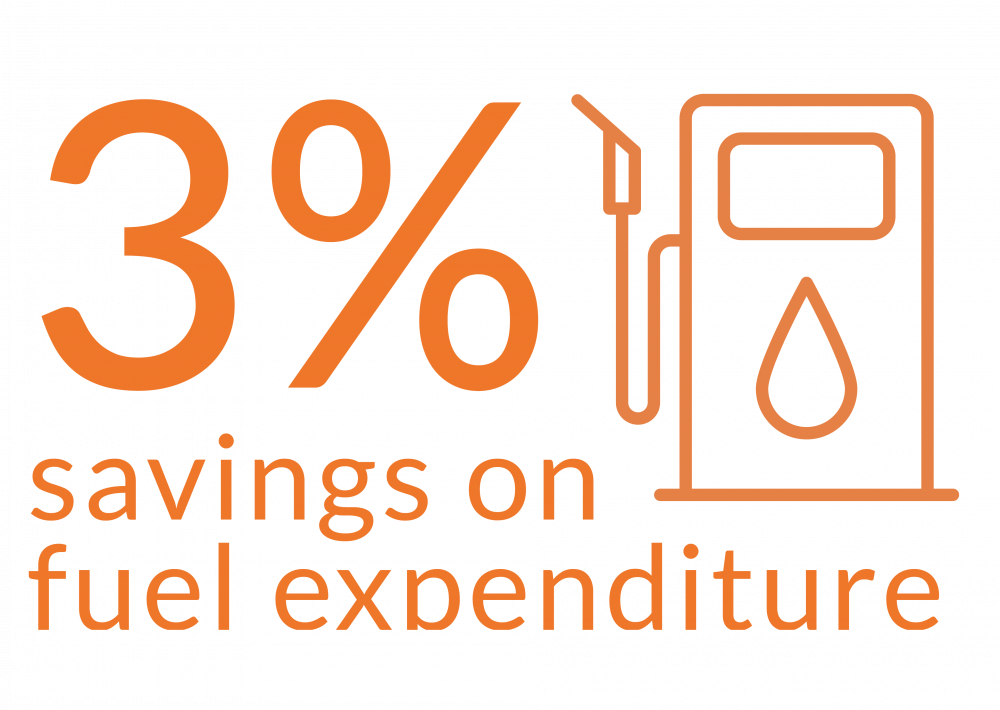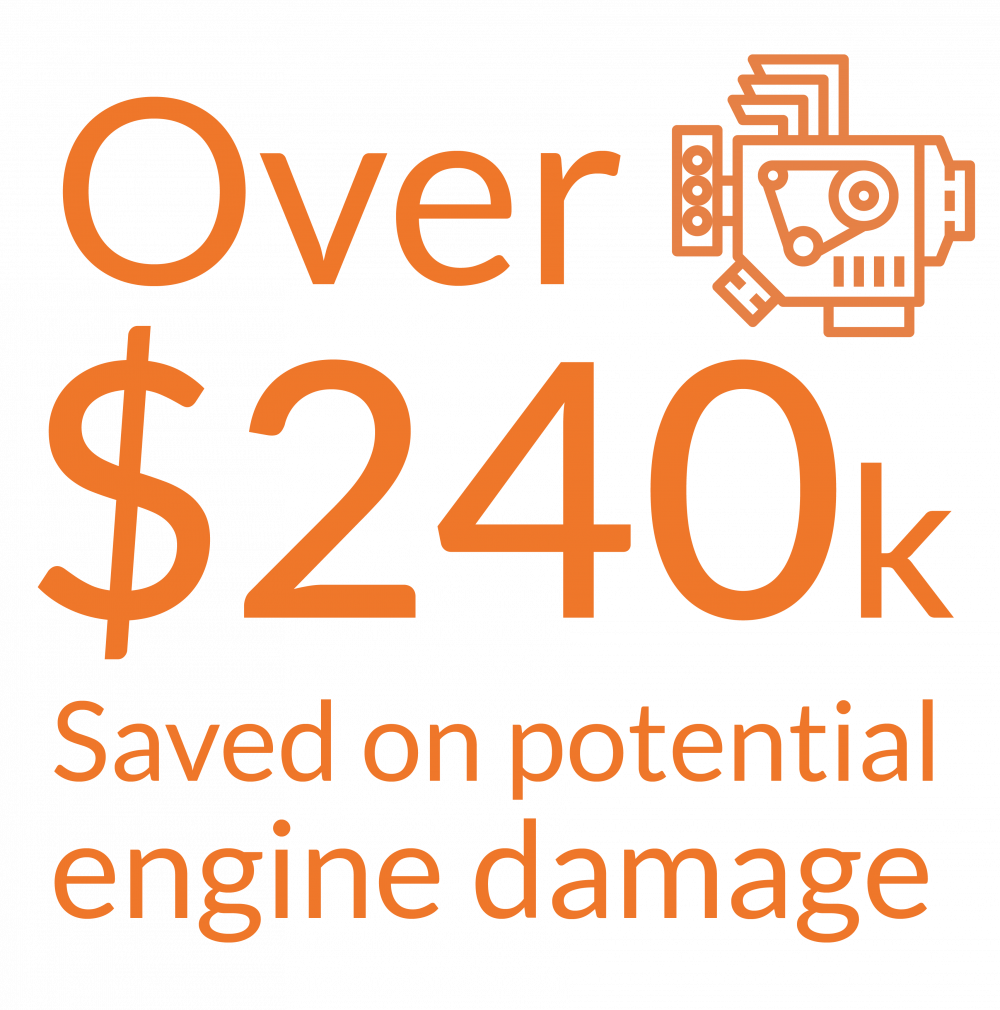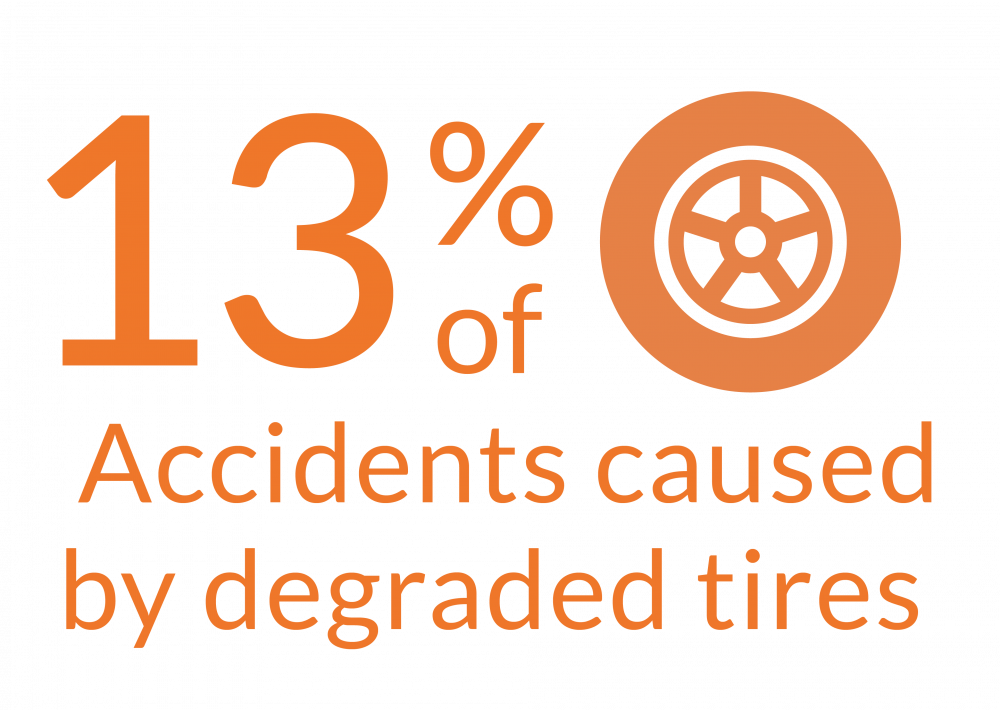Case Study: UVeye for Bus Fleets Management
All around the world, commuters depend on buses to run on schedule, and unexpected downtime can have a wide-reaching impact on operations and costs. When small issues like the start of an oil leak or wear and tear on tires go unnoticed, we put passengers’ safety at risk and significantly increase the costs of repairs.
A bus company in Asia with over 100 vehicles was experiencing mechanical issues with its buses. Twice in 2018, the issues resulted in a fully blown engine. In situations like these, a bus company will lose from multiple angles:
Financially – The cost of fixing a bus engine can exceed $20,000 per case. Also, all the commuters who had a poor experience had to be refunded, and finally, a replacement bus needed to be hired.
Trust & Credibility – Bus fleets and public transportation operators cannot afford downtime and serious mechanical faults. These kinds of situations can cause irreversible damage for a brand in a competitive market for the long term.

• Scanning a fleet of 150 buses twice a day
• Predective maintenace for mechanical issues
• Comprehensive inspections
• Fuel efficiency improvement; 3% yearly reduction in fuel cost
The fleet managers received ongoing alerts on oil leakages, broken connectors, tire conditions and more
The other aspect that fleet managers experience is the trend of increasing fuel prices worldwide. It is known that underinflated tires can lower gas mileage by about 0.2% for every 1 psi drop in average pressure of all tires. by making sure all vehicles in the fleet had high air pressure, the company was increasing its yearly fuel expenditure by 3%.

In one case, a bus’s tires were changed with an older model and stolen. The system compared the DoT and writing on the tires and alerted the fleet managers while creating accountability for such cases.
Predictive maintenance is now an active possibility with real-time cost reduction elements. Since many of the fleet’s vehicle sub models are similar, it was easy to predict how an issue that could become serious would look early on.


